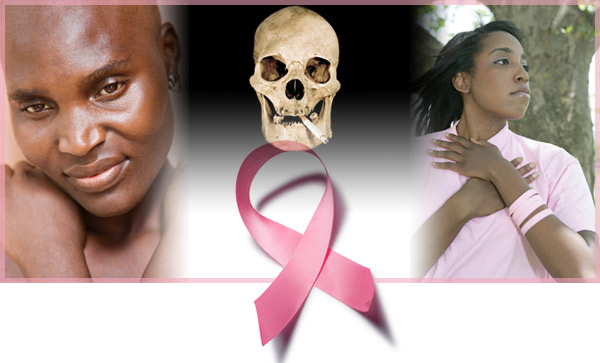Lectionary Commentaries
 CANCER AWARENESS DAY LECTIONARY COMMENTARY Sunday, October 12, 2008 Gloria J. Tate, Guest Lectionary Commentator
(v. 14) Since, then, we have a great high priest who has passed through the heavens, Jesus, the Son of God, let us hold fast to our confession. (v. 15) For we do not have a high priest who is unable to sympathize with our weaknesses, but we have one who in every respect has been tested as we are, yet without sin. (v. 16) Let us therefore approach the throne of grace with boldness, so that we may receive mercy and find grace to help in time of need.
5:1 Every high priest chosen from among mortals is put in charge of things pertaining to God on their behalf, to offer gifts and sacrifices for sins. I. Description of the Liturgical Moment
As we confront the challenges of this disease, we recognize that we dare not forget that it inflicts fear and the feeling of helplessness on the sufferer, the family, caregivers and the community. However, affirming Jesus as our “high priest” can be a source of courage. Scripture doesn’t prescribe a “pie in the sky” mentality, or suggest that we should not take cancer seriously. Rather, we are called to live in a hope that frees us from being spiritually overcome by any physical condition. Part Two: Biblical Commentary The high priest had a closer relation to God (5:1). Only he could officiate at certain festivals, discern the will of the Almighty, and enter the inner sanctum of the temple to make a sin-offering for himself and the people. But he still had human limitations. The term “great high priest” (v. 14) lays the foundation for a later comparison to Jesus and the first high priest, Melchizedek (5:6). Melchizedek (King of Righteousness) was both the priest and King of Salem (Jerusalem). The connection between Jesus and Melchizedek can be attributed to David, who, in describing the Messiah, said, “You are a priest forever according to the order of Melchizedek” (Psalms 110:4). In other words, the Messiah would be righteousness itself and, like the high priest, he would intercede and atone for the sins of his people. However, this High Priest, unlike those to whom he was compared, would have the ability to intercede like no one before him. This high priest could take away the sins of the world. The reading contains important key words:
Furthermore, and quite importantly, he pleads God’s mercy for us in our daily existence. This priest, intercessor, and advocate of ours, is connected to our everyday struggles. Therefore, we know that we are not alone in our season of illness. The great high priest and, as the old folks used to say, “our doctor in a sick room,” is nearby. “Boldness” (v. 16) “Mercy and Grace” (v.16) The implication is that we are not only in the heart of Jesus and have the ear of God, but we are looked upon with a favoring eye and even given an advantage. But is that not the behavior of a loving God and a caring Savior? By favor (mercy and grace), we can meet even physical challenges, like cancer, with a faith that overcomes fear. This same faith energized our fore-parents in the face of slavery, segregation, poverty and discrimination. So we have a legacy of knowing how to fight attacking forces and a God who favors his children. Through the sympathy shown to us by Christ and his mercy and grace, we draw both consolation and inspiration. We can fight on, live on; we have courage because we live in assurance that, “whatever life’s challenges, we can meet them in partnership with the Divine.” It is this partnership that lets us know that cancer can invade the body, but it need not possess our soul. Hebrews 4:14 - 5:1 is a “good news” passage. It affirms that the relationship we have with God, through Christ, is a living reality. It is a renewing and empowering relationship that we depend on in good times and in bad. We know that we can draw from God’s deep waters of mercy and grace. “O taste and see that the LORD is good; happy are those who take refuge in him.” (Psalms 34:8) Descriptive Details Although not all of these details are actually indicated in the passage, the imagined imagery allows us to posit the following: Sights: A throne upon which a high priest sits; goats and lambs as offerings of sacrifice before Jesus became the great lamb slain for the sins of the world; approaching the throne of grace with boldness; the face of those who receive grace and mercy in times of illness; and Sounds: Groaning in pain during medical treatment; shouting in celebration for relief. |



